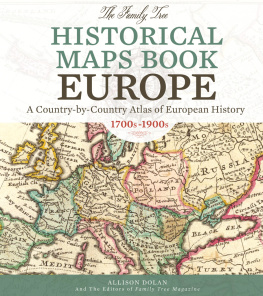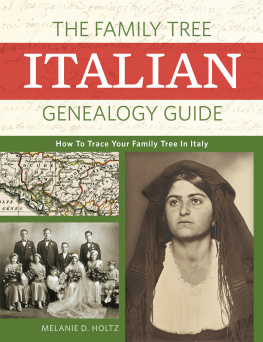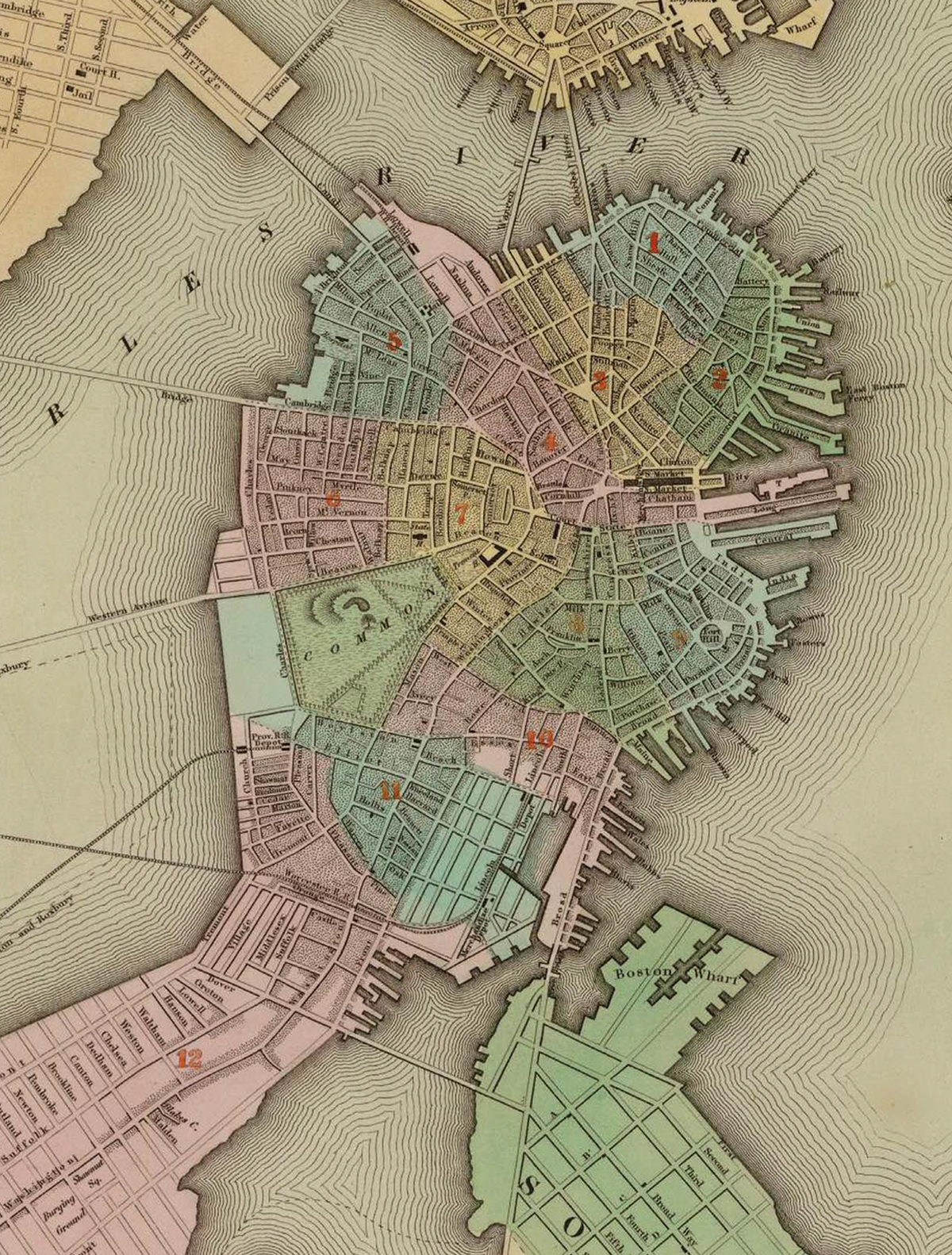Allison Dolan - The Family Tree Historical Atlas of American Cities
Here you can read online Allison Dolan - The Family Tree Historical Atlas of American Cities full text of the book (entire story) in english for free. Download pdf and epub, get meaning, cover and reviews about this ebook. year: 2017, publisher: Family Tree Books, genre: History. Description of the work, (preface) as well as reviews are available. Best literature library LitArk.com created for fans of good reading and offers a wide selection of genres:
Romance novel
Science fiction
Adventure
Detective
Science
History
Home and family
Prose
Art
Politics
Computer
Non-fiction
Religion
Business
Children
Humor
Choose a favorite category and find really read worthwhile books. Enjoy immersion in the world of imagination, feel the emotions of the characters or learn something new for yourself, make an fascinating discovery.
- Book:The Family Tree Historical Atlas of American Cities
- Author:
- Publisher:Family Tree Books
- Genre:
- Year:2017
- Rating:4 / 5
- Favourites:Add to favourites
- Your mark:
The Family Tree Historical Atlas of American Cities: summary, description and annotation
We offer to read an annotation, description, summary or preface (depends on what the author of the book "The Family Tree Historical Atlas of American Cities" wrote himself). If you haven't found the necessary information about the book — write in the comments, we will try to find it.
Journey to the big city!
Explore your ancestors hometowns! This book guides you through American history by looking at the United States sixteen most populous and historically influential cities, such as New York, Chicago, Boston, New Orleans, and Baltimore. Each section features beautiful, full-color maps published at crucial points in each citys history, tracing its growth and development from its founding to the early 1900s. Use the maps to find your ancestors home, trace your ancestors walk to work, and identify the streets and buildings from your ancestors everyday life. Delve further into the past with a quick-reference timeline of key dates from each citys history. Youll also discover easy genealogy research tips for finding local birth, marriage, and death records; federal and state censuses; and city directories.
The book features:
- More than 130 full-color historical maps of sixteen important cities, including New York, Houston, Philadelphia, and Los Angeles
- Timelines highlighting the most important moments in each citys history
- Lists of city-specific genealogy websites and resources for records that will help you discover your family history
- An index with instructions on viewing online versions of each map, allowing you to zoom in for more detail or use them with programs like Google Earth
Whether your family hails from the streets of Brooklyn or the hills of San Francisco, this atlas--designed especially for genealogists--will help you better understand your city-dwelling ancestors.
Allison Dolan: author's other books
Who wrote The Family Tree Historical Atlas of American Cities? Find out the surname, the name of the author of the book and a list of all author's works by series.























